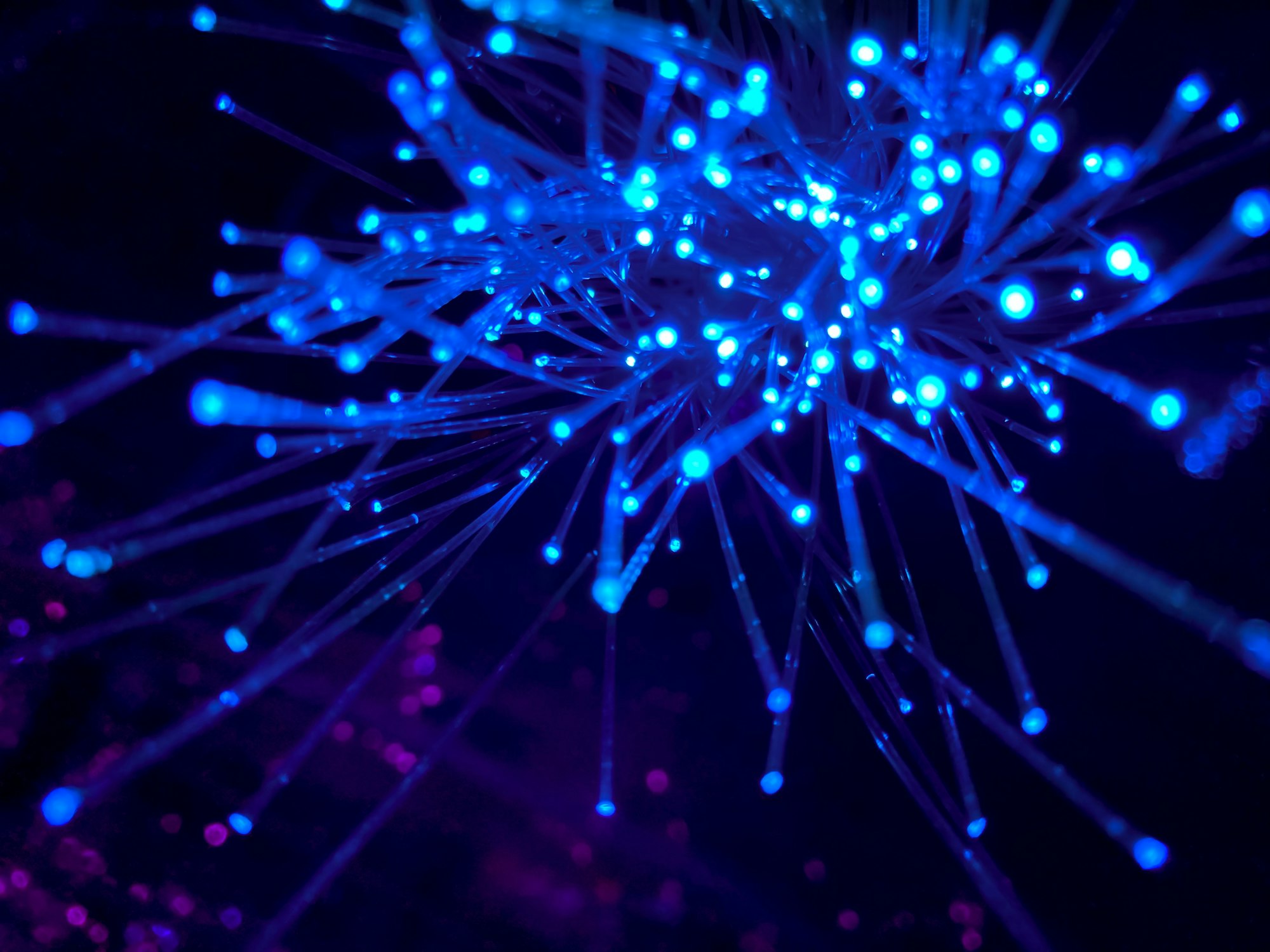The world of artificial intelligence has taken another massive leap forward with the introduction of "generative agents" by a team of researchers from Stanford and Google. This groundbreaking research has pushed the limits of AI, demonstrating the potential for AI characters to act and interact with each other in a simulated environment, mimicking human behaviour.
In this post, we will dive into the details of this new development and explore the incredible implications it has for the future of AI and human-computer interactions.
Overview of the Research
Using a custom-built simulation video game, the researchers created a world inhabited by 25 AI characters with the ability to:
- Communicate with others and their environment
- Memorize and recall their actions and observations
- Reflect on those observations
- Form plans for each day
These characters were also given memories, including:
- An identity (name, occupation, priorities)
- Information about and relationships with other characters
- Some intention about how to spend their day
The Experiment and Observations
The researchers then set the AI characters loose in their simulated world and observed their interactions. The characters displayed human-like behaviours, such as:
Sharing information with each other
Example: One character, Isabella, planned a Valentine's Day party and spread the word. By the end of the simulation, 12 characters knew about the party. However, like humans, 7 of them didn't attend for various reasons.
Forming new relationships and remembering them
Example: Characters Sam and Latoya initially didn't know each other but met at a park. Latoya mentioned her photography project, and when they met again later, Sam asked about the progress of her project, indicating that he remembered their previous conversation.
Coordinating with each other
Example: Isabella (the party host) and Maria were given two pieces of information: Isabella would throw a party, and Maria had a crush on Klaus. Without further instruction, Isabella organized the party and enlisted Maria's help. Maria took advantage of the situation to invite Klaus, getting closer to him in the process.
Integrating Generative Agents and Networks
This groundbreaking research on generative agents shares similarities with our vision of generative networks and the flow of information between them. The ability of these AI characters to communicate, form relationships, and coordinate with each other closely mirrors how nodes in a network exchange and process information.
In a generative network, nodes represent entities such as individuals, organizations, or even AI characters like those in the Stanford/Google research. These nodes interact with each other, sharing and exchanging information. The flow of information between the nodes is crucial for the network's growth, evolution, and overall functionality.
The generative agents showcased in this research can be seen as nodes within a network, displaying the following characteristics:
- Sharing information with each other: Much like nodes in a generative network, these AI characters communicate with one another, passing along information that can be used to make decisions and adapt to their environment.
- Forming new relationships and remembering them: Just as nodes in a network establish connections with other nodes, these AI characters form relationships with each other based on their interactions. Their ability to remember past connections and information is akin to how nodes in a network retain and recall information.
- Coordinating with each other: In a generative network, nodes collaborate to achieve shared goals or respond to changes in their environment. Similarly, these AI characters work together to accomplish tasks, like organizing a party or helping each other pursue personal interests.
Implications for Generative Networks
The Stanford/Google research on generative agents not only presents exciting possibilities for AI applications but also provides insights into how we can further develop and refine our understanding of generative networks.
By studying the behaviour of these AI characters, we can gain a better understanding of how nodes in a generative network interact, exchange information, and coordinate their actions. This knowledge can then be applied to design more efficient and adaptive networks, capable of handling complex tasks and challenges.
The integration of generative agents as nodes within a network could pave the way for more advanced, dynamic, and responsive networks. As these AI characters learn and adapt to their environment, the networks they are a part of could also evolve, becoming more intelligent and resilient over time.
The Future of AI and Generative Agents
This new research is a significant milestone in the field of AI, as it demonstrates the potential for artificial intelligence to closely mimic human behaviour. The generative agents developed by the Stanford/Google team have the potential to revolutionize various industries and applications, such as:
- Video games: More immersive and dynamic gaming experiences, where AI characters have their own motivations and memories, making for more engaging and interactive gameplay.
- Virtual reality and simulations: Improved training and learning environments, with AI characters acting as realistic peers, instructors, or even adversaries.
- Social robots: Enhanced human-robot interactions, with robots that can form relationships, remember interactions, and adapt their behaviour based on past experiences.
The introduction of generative agents by the Stanford/Google research team is a groundbreaking development in the world of artificial intelligence. These AI characters have demonstrated the capacity to act and interact like humans, opening up a world of possibilities for AI applications across various industries. As we continue to explore the potential of generative agents, we can expect even more incredible advancements and innovations in the years to come.
Read Paper

Simulation:
https://reverie.herokuapp.com/arXiv_Demo/#
We research, curate and publish daily updates from the field of AI. Paid subscription gives you access to paid articles, a platform to build your own generative AI tools, invitations to closed events and open-source tools.
Consider becoming a paying subscriber to get the latest!










